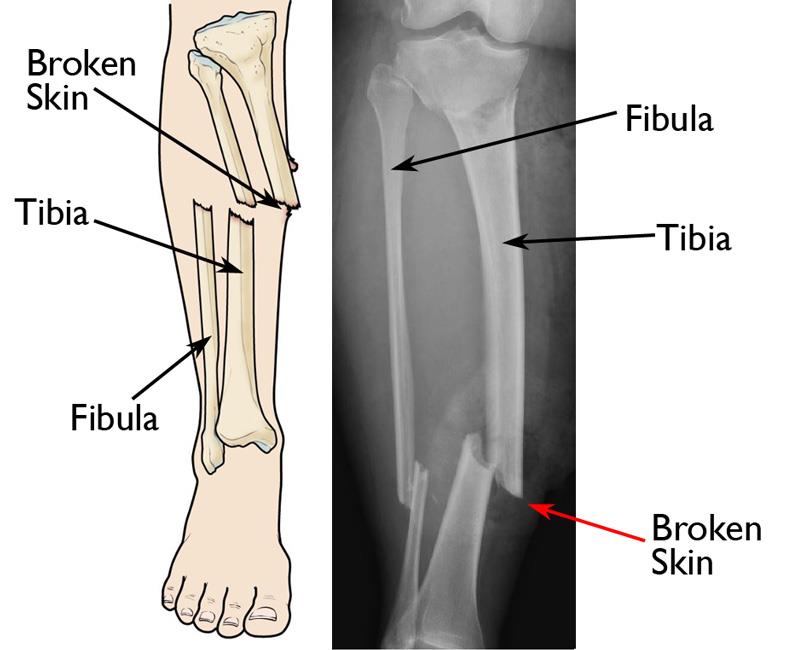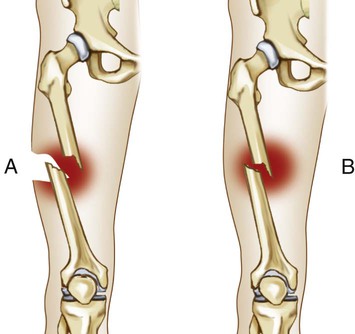

In summary, systematic review of the literature reveals a lack of evidence in support of ORIF versus CRIF as a means of treating displaced femoral neck fractures in young patients with respect to union and avascular necrosis however, the incidence of surgical site infections may be lower with CRIF. Meta-analysis of risk ratios estimated from six of the studies with comparative data revealed no significant difference in the incidence of nonunion, avascular necrosis or total complications between the two reduction techniques. The incidence of deep wound infection was 0.49% in the closed reduction group and 3.9% in the open reduction group (P=0.0019). The incidence of avascular necrosis for CRIF and ORIF were 17.2% and 17.7% respectively (P=0.91). The incidence of nonunion was 11.6% in closed reduction and 14.9% in the open reduction group (P=0.25). We identified 21 studies that matched our inclusion criteria.
Open vs closed fracture series#
Therefore, both observational and randomised studies as well as case series with clear descriptions of surgical approach and outcomes were included. Despite the large literature investigating outcomes after operative treatment of femoral neck fracture, relatively few studies aimed to determine the relative risk of complications associated with method of reduction. We performed a systematic review of the literature to compare the outcomes (nonunion, avascular necrosis, and deep infection) after open reduction with internal fixation (ORIF) to closed reduction with internal fixation (CRIF) of acute (surgery performed less than 6 weeks from injury) femoral neck fractures in young adults (average age of 50 or younger) followed for at least one year. Among the therapeutic controversies that persist is the role of open reduction, which would allow surgeons a direct means to improve the quality of reduction, a predictor of successful treatment. These can happen when a muscle is taxed beyond what it is capable of doing or using the muscle in an awkward, unaccustomed motionĪt AOI, we have experienced orthopedic doctors who are more than capable of assisting you with the evaluation, diagnosis, and treatment of your traumatic bone or soft-tissue injury.Outcomes after operative treatment of displaced femoral neck fractures in young adults are fraught with high complications rates including non-union and avascular necrosis.


Sprain: a stretching or tearing of a ligament which causes pain and swelling at the joint.These are mainly classified as sprains and strains. Soft-tissue injuries are also commonly sustained during a traumatic event. The orthopedic experts at AOI are able to effectively treat any kind of bone fracture. Comminuted fracture: a bone will be in more than two pieces in this kind of fractureĬlearly, some fractures are more serious than others, and a fractured thumb will affect you much differently than a fractured femur.
Open vs closed fracture cracked#
In a non-displaced fracture, the bone retains its shape while being cracked or broken in some spot Non-displaced: a displaced fracture means that the broken pieces of the bone have shifted out of their proper alignment so that the ends don’t line up correctly. Simple: this is just another way to talk about whether or not a bone breaks through the skin, where a compound fracture is synonymous with open and simple with closed Open fractures are far more dangerous, since the wound can easily be infected. Closed: an open fracture will be one in which the bone breaks through the skin, while in a closed fracture the bone remains cracked more or less in place. While different bones will fracture differently, there are a few different categories into which all fractures fall: When a bone isn’t stronger than a force operating on it, it will fracture. As skilled orthopedic surgeons, we can treat trauma and fractures of shoulders, elbows, hands, wrists, hips, knees, ankles, and feet.Ī fracture is any sort of discontinuity of the bone due to a break or crack. Whether you have a broken bone, torn muscle, or ligament damage, your injury can be classified as a traumatic one if it was caused by a traumatic event like a car crash, fall, or by participating in sports.ĪOI can assist in properly identifying and effectively managing your injury, as well as developing a treatment plan to swiftly restore your mobility. Traumatic injuries are those sustained in a single incident, in contrast to chronic injuries like arthritis.


 0 kommentar(er)
0 kommentar(er)
